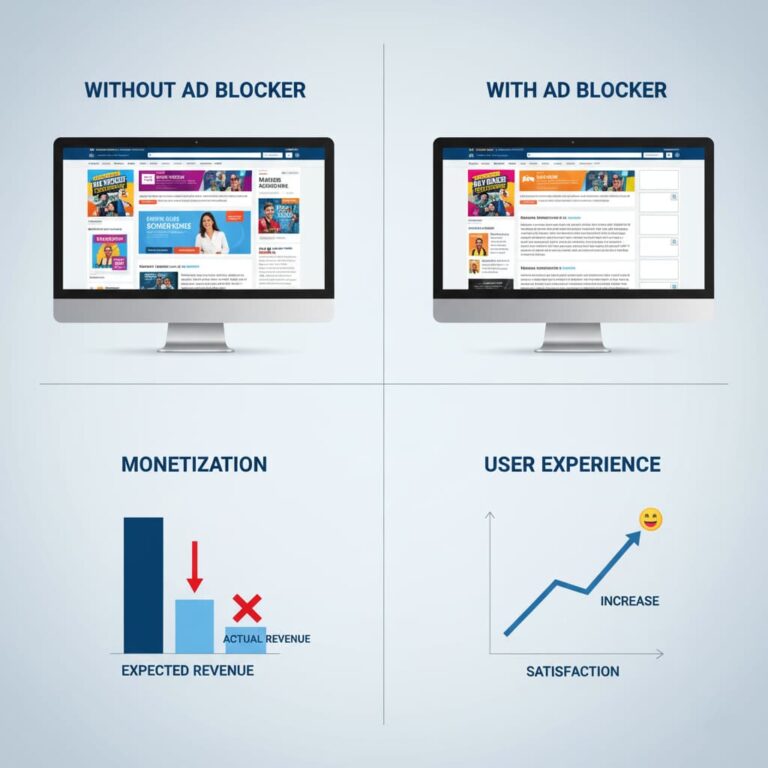Contextual advertising can be classified according to several criteria, but in general, it is divided into large groups. These are search and thematic advertising.
Search advertising. The peculiarity of this type is that ads are shown based on queries. Search advertising is considered to be the most effective because the subject matter of the ads fully corresponds to the current interests of the user.
It looks similar to regular search results, and its effectiveness depends on the correct selection of keywords, i.e. queries for which ads will be displayed in the search. The number of ads will depend on the device used to access the Internet.
Today there are several options for placing search contextual advertising:
- Special placement unit: ads are placed above the search results and bring the largest number of clicks;
- guaranteed display unit: ads are placed below the search results or to the right of them;
- Dynamic display unit: usually located below the search results on the second and subsequent pages, and ads are displayed in rotation with ads of other users.
Thematic contextual advertising (display network). Ads that are relevant to the user’s interests are displayed on the page of a website that is a member of the Partner Network of advertising systems. These can be both thematic portals and news sites, blogs, and much more.
Ads are displayed both on the main and internal pages. As a rule, resources with higher daily traffic are chosen for this purpose.
For example, when a user is looking for information about landscape modeling software, they visit a website. And there he can see ads for the sale of garden plants, water pumps, and other products related to the topic.
Thematic contextual advertisingThematic advertising, unlike search advertising, is less user-focused because the user is not interested in immediate results. The user can click on a link, but he or she may skip it.
The following technologies have been developed to display thematic ads:
- Topical targeting: the system reads the content of website pages and displays ads that are most relevant to the content of the pages;
- behavioral targeting: relevant ads are selected based on the analysis of user search queries;
- remarketing/retargeting: ads will be seen by users who have already visited a particular website but have not made a purchase.
Contextual advertising is also distinguished depending on the format. It can be of the following types:
- Textual. Advertisements look like plain text with a hyperlink. They can be open or in the form of a text fragment.
- Banner. Users are shown graphic images of an advertising nature. It can be just a picture or a picture with text and a link. Images can be static, dynamic, interactive.









